On October 7, Jose Bermudez became the first recipient of a $600 check. The check was from the Division of Fish and Wildlife in the United States Virgin Islands. This is part of their new bounty program for invasive species. Bermudez brought in snakes that were not native to the islands. Rewards for the snakes vary depending on size and species. This bounty program is part of the Invasive Species Eradication Community Program. It is sponsored by Senator Kenneth Gittens (D) of the US Virgin Islands. The program enables the Department of Planning and Natural Resources to certify members of the community. Certified members can become Wildlife Control Operators or Wildlife Control Removal Agents. As Wildlife Control Operators they are eligible to hunt invasive species and turn them in for bounties. Wildlife Control Removal Agents are able to start small businesses. These businesses can charge fees to eradicate invasive species.
Invasive species can cause harm to the environment. Since they are not part of the natural ecosystem, they outperform native wildlife for natural resources. There are no natural predators to slow their numbers. Invasive species can devastate or destroy native species populations. That’s why it is important to work with wildlife experts to control the population.
The success of community eradication programs like this one depends on several factors. Even if the act is successful in temporarily reducing invasive species, there may be other problems to contend with. A similar effort to eradicate lionfish from the Caribbean Sea ran into difficulties. The Belize government exhausted its funds for bounty payments. It ran out of funds in less than six months. Bounty programs can also fail if they do not promote sustained hunting by the community. Without sustained hunting, the invasive species can recover its population.
That doesn’t mean that these programs can’t be successful. While total eradication is nearly impossible, functional eradication can be productive. This includes targeting dense populations in small areas. This is opposed to the total eradication of all invasive species over large areas. Functional eradication is a better use of time and conservation resources.
Financial incentives can be significant for the functional eradication of invasive species. Yet, it is important to use conservation resources efficiently. It is also important to promote a sustained interest in culling invasive species. To keep continued interest, locals can incorporate invasive species into their culture. This can include making the invasive species part of the local diet, using it in art, or having hunting tournaments. With this in mind, invasive bounty programs may prove to be successful for the US Virgin Islands.

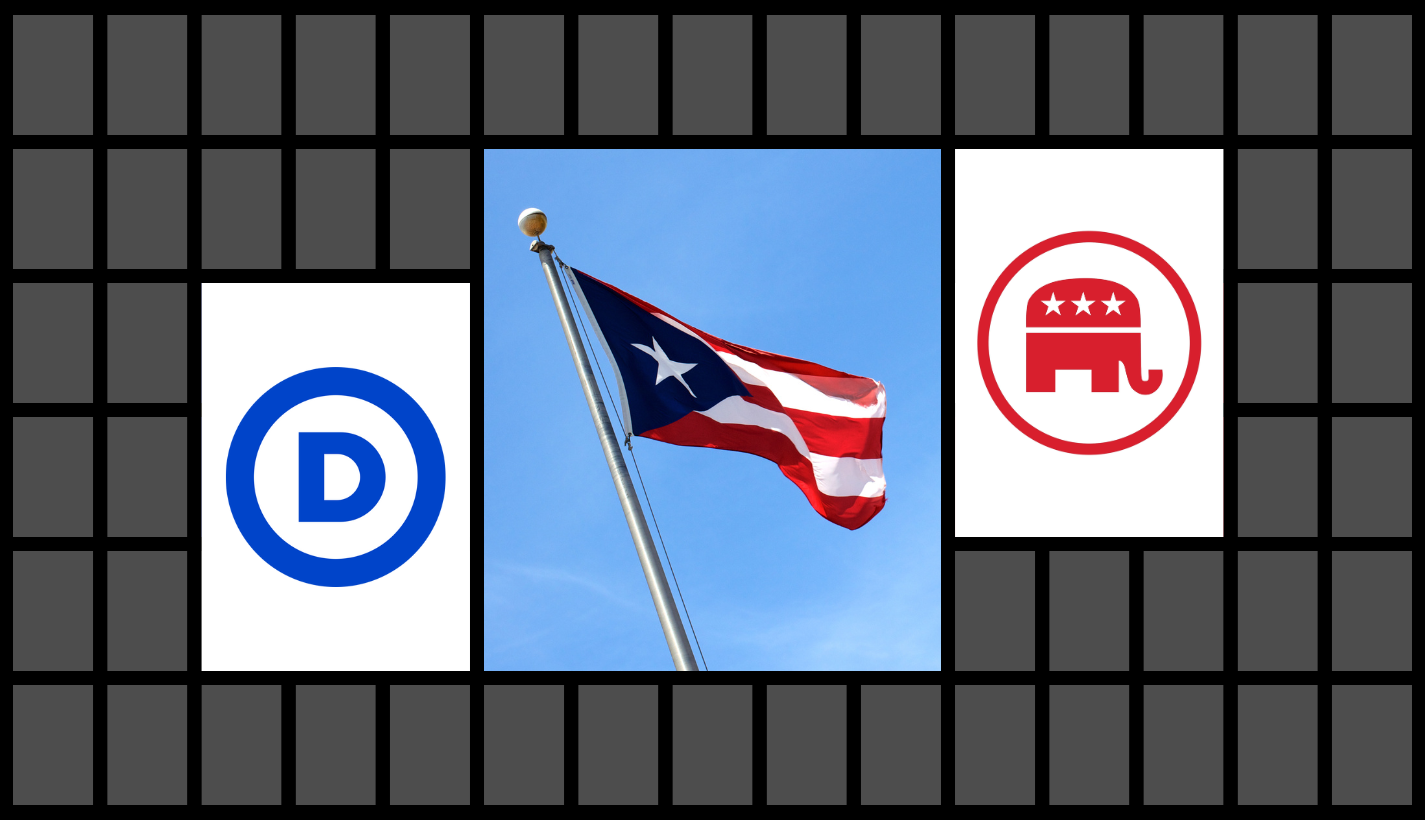
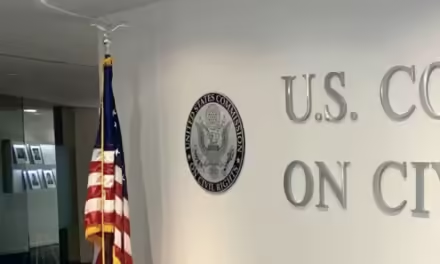

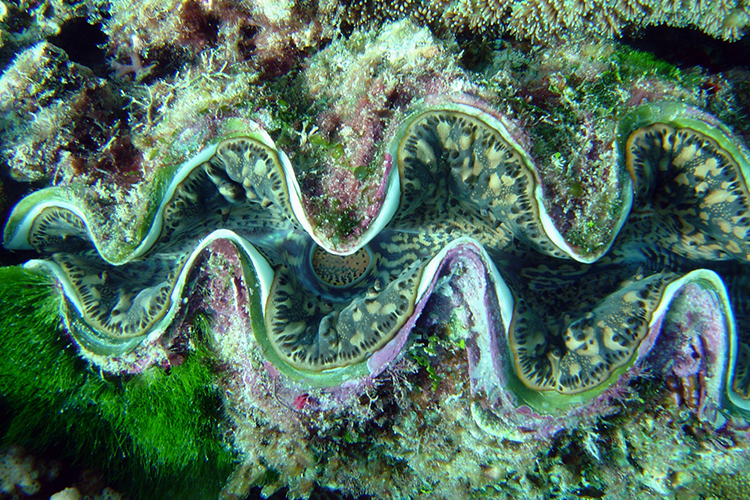
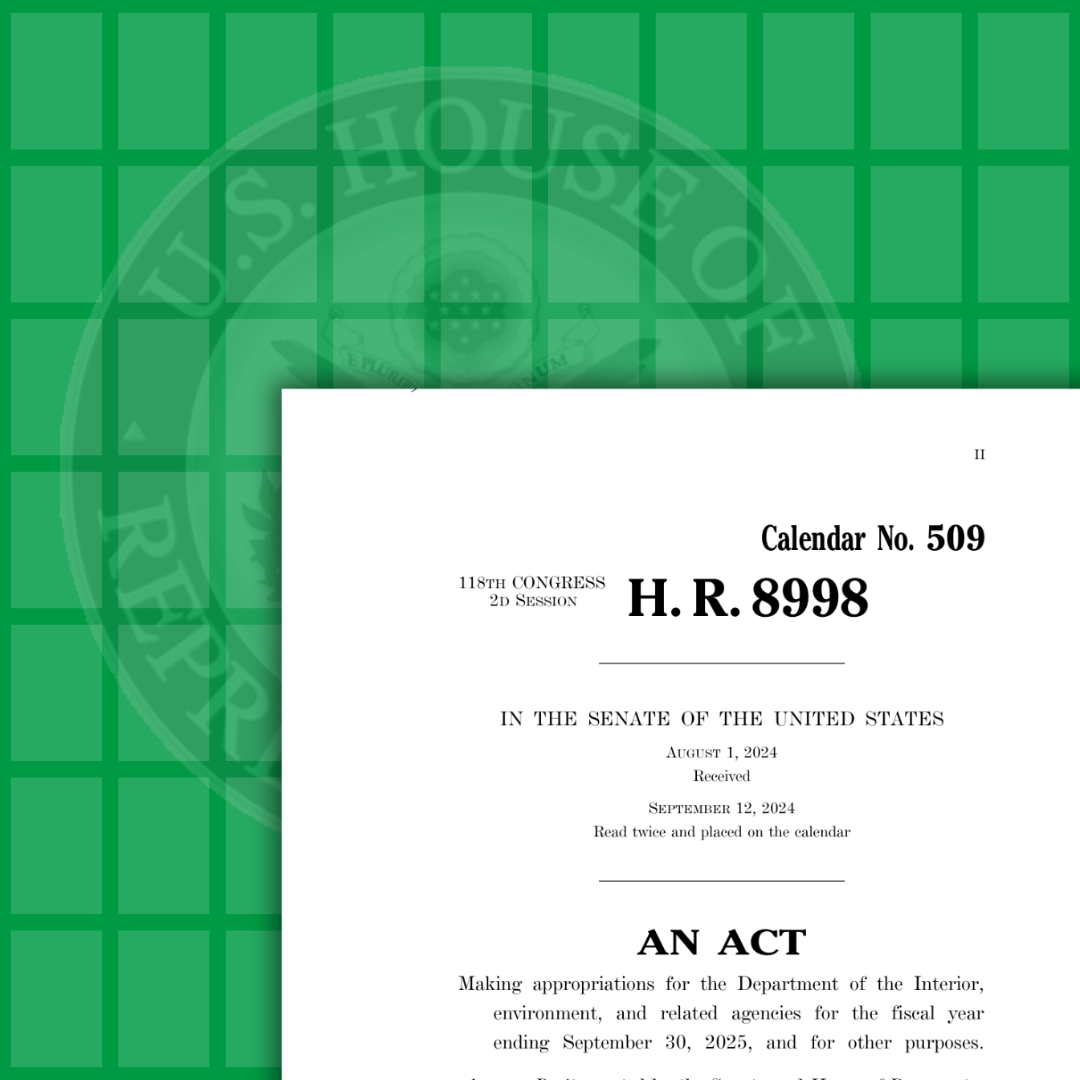
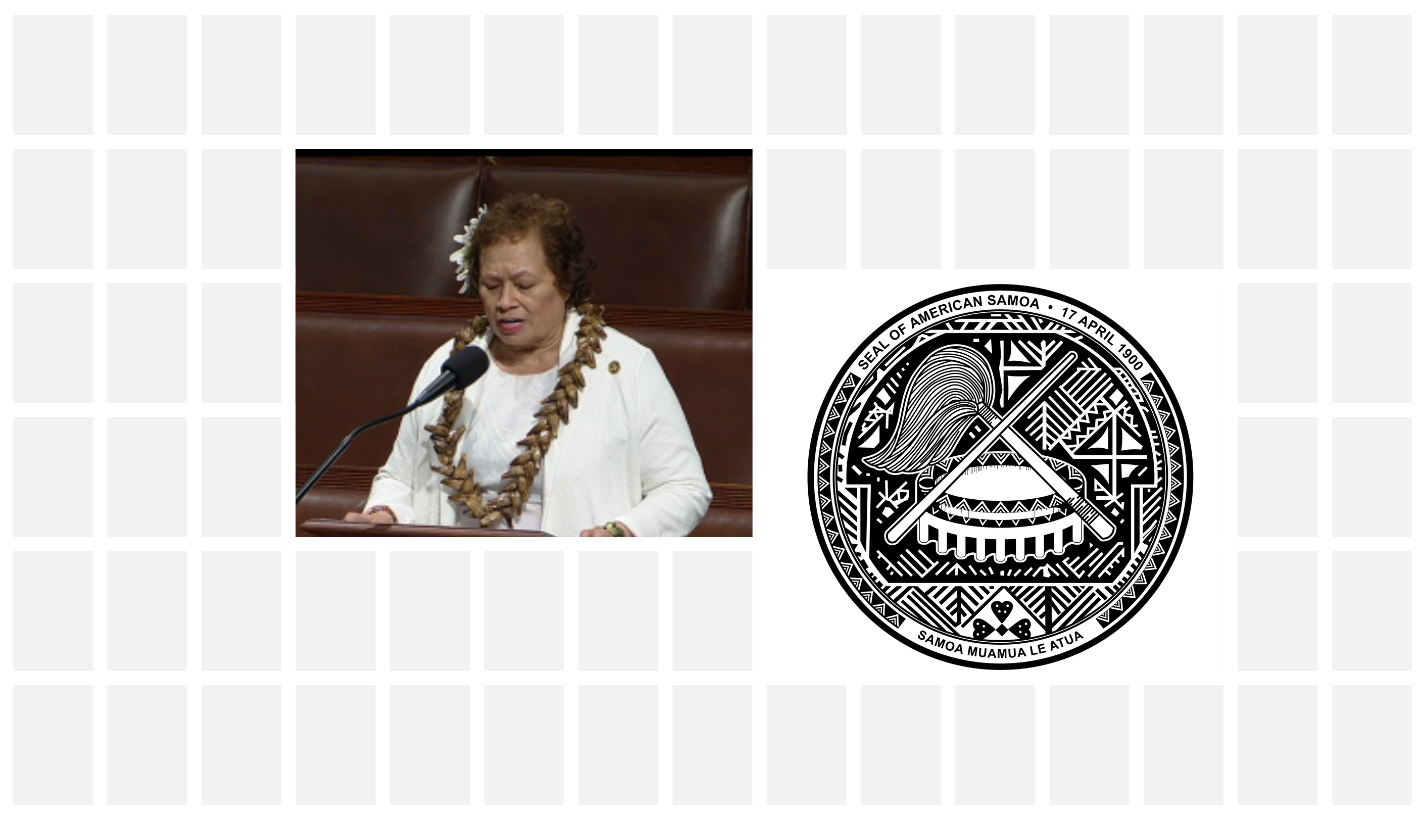
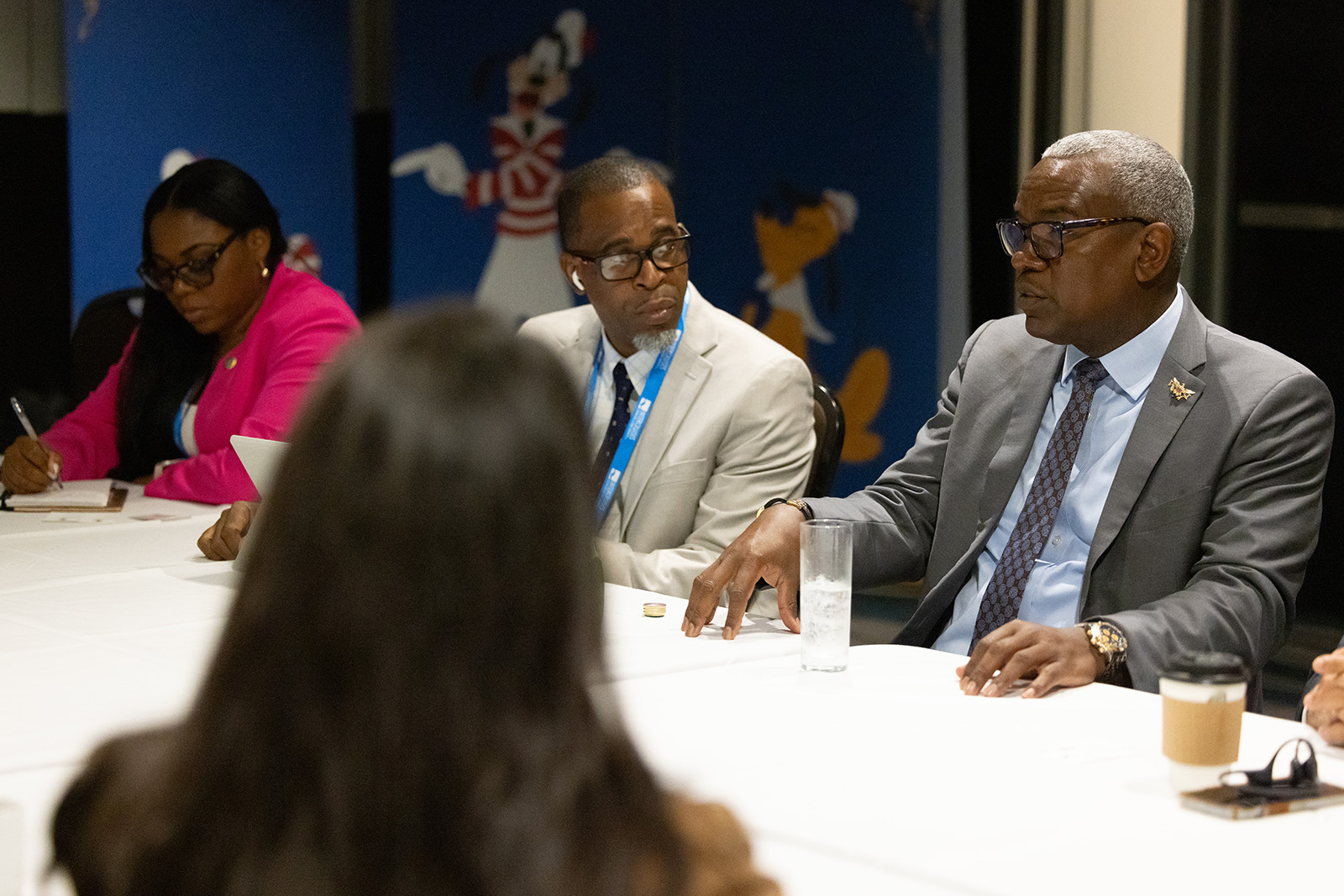




0 Comments